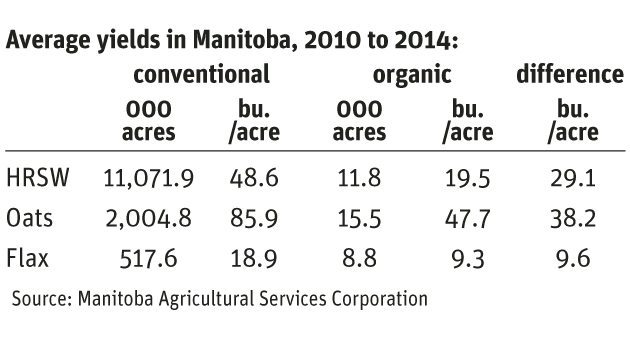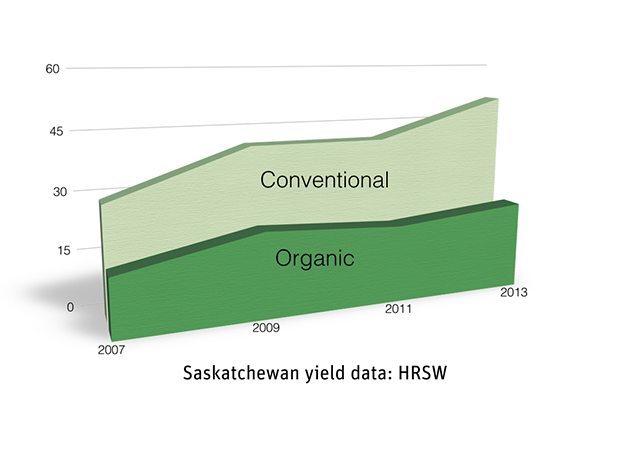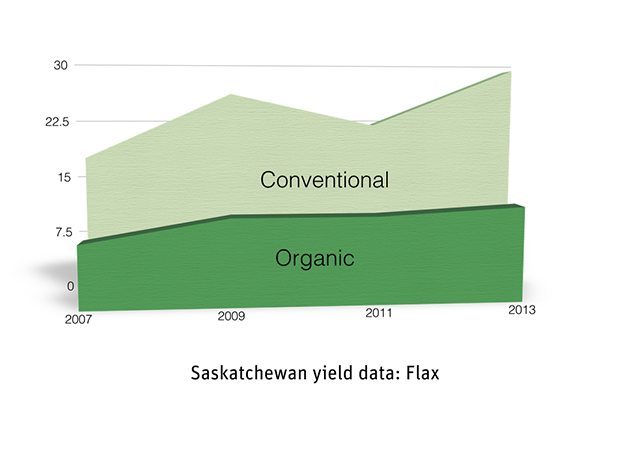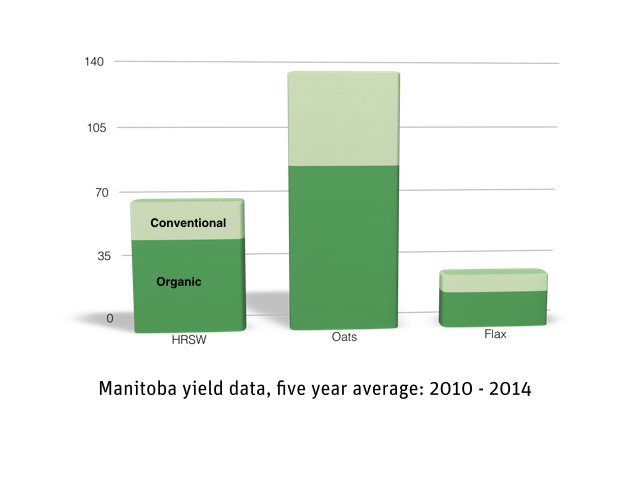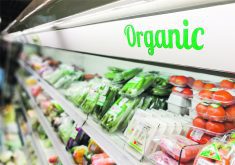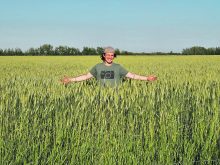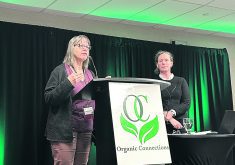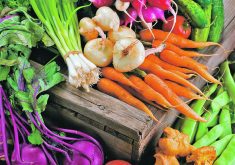Most agronomists and farmers concede that organic crop yields are lower than conventional.
The debate usually centres on the size of the yield gap and whether organic agriculture, if properly supported with research and extension, could produce a sufficient volume of grains and oilseeds to feed the world.
Anecdotal reports and Twitter comments suggest the yield difference is approximately 20 to 30 percent, but studies supporting those figures are rarely referenced.
To get a sense of the yield difference, we contacted provincial crop insurers in Ontario, Manitoba, Saskatchewan and Alberta and requested organic yield data.
Read Also

Farming Smarter receives financial boost from Alberta government for potato research
Farming Smarter near Lethbridge got a boost to its research equipment, thanks to the Alberta government’s increase in funding for research associations.
• Manitoba data was pulled from the Manitoba Agricultural Services Corp. website.
• The Saskatchewan Crop Insurance Corp. provided extensive data on organic and conventional yields.
• AFSC, the crop insurer in Alberta, doesn’t provide insurance specific to organic crops.
• Agricorp in Ontario has not responded yet to a data request.
The Manitoba and Saskatchewan data indicates the gap between organic and conventional yields is larger than 20 or 30 percent. Although organic yields are lower, farm income from organic production may be more than conventional because organic crop prices can be two or three times higher and input costs are lower.
Manitoba
Yields in Manitoba’s Red River Valley are typically higher than other regions. When provincial organic yields are compared to yields in western Manitoba, the yield gap is less. For instance, average HRSW yields in the RM of Dauphin were 40.7 bu. per acre between 2010-14. Organic HRSW yields for the same period, across Manitoba, were 19.5 bu, a difference of 20.2 bu.
Does variety matter?
Certain wheat varieties seem to perform better in organic systems. For example, organic farmers who grow HRSW Lillian get consistently higher yields than the Saskatchewan average for organic wheat, which is 20 bu./acre.
Saskatchewan
The yield gap between conventional and organic crops seems to expand in years with excellent growing conditions, such as 2013.
Detailed data on organic yields for Saskatchewan can be found below:





